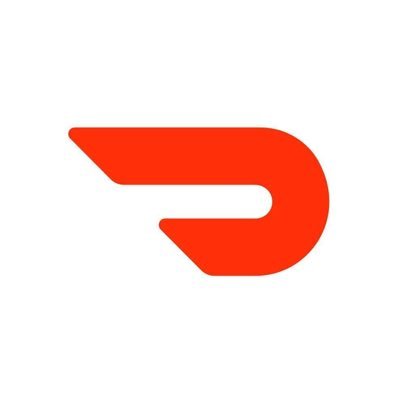
DoorDash Software Engineer Behavioral Interview Template
This behavioral interview for DoorDash Software Engineers evaluates how you deliver impact in a fast, metrics-driven, marketplace environment. Interviewers probe for deep examples of ownership, customer obsession across the 3-sided marketplace (consumers, merchants, Dashers), bias for action balanced with long-term thinking, operational excellence (reliability, cost, on-call), and cross-functional collaboration with PM, Data Science, Design, and Operations. What it covers (DoorDash-specific focus areas): - Ownership at scale: End-to-end delivery of projects that moved a core metric (e.g., order conversion, ETAs accuracy, delivery latency, reliability, cost/efficiency), including tradeoffs and follow-through beyond your immediate team. - Data rigor: How you formed a hypothesis, chose metrics/guardrails, ran experiments (A/B, holdouts), interpreted results, and avoided pitfalls (p-hacking, peeking, novelty effects). - Bias for action vs. long-term: Decisions under time pressure (e.g., dinner rush, holidays), how you de-risked quick wins, and how you paid down tech debt afterward. - Operational excellence: Incident response and postmortems, runbooks, SLOs/error budgets, cost consciousness (e.g., reducing infra spend or improving efficiency), reliability during peak load. - Customer obsession: How you discovered pain points for merchants, Dashers, or consumers; balancing the needs of each side of the marketplace; measurable customer impact. - Collaboration and influence: Partnering with PM/DS/Design/Ops, navigating conflicting priorities, influencing without authority, and communicating decisions clearly to technical and non-technical stakeholders. Format and flow (typical): - 5 min: Introductions, quick overview of team and interview goals. - 35–40 min: 2–3 deep-dives using STAR; expect layered follow-ups ("how did you measure that?", "what changed after launch?", "what would you do differently?"). - 10–15 min: Candidate Q&A about team scope, metrics culture, on-call expectations, and cross-functional workflows. Sample DoorDash-style prompts: - Tell me about a time you materially improved a core metric (e.g., reduced delivery ETA error or checkout drop-off). How did you pick the metric and validate causality? - Describe a high-severity incident during peak hours. What immediate actions did you take, what tradeoffs did you make (speed vs. safety), and how did you prevent recurrence? - Walk me through a project where you reduced cost or improved efficiency (e.g., service latency, infra spend). How did you quantify savings and protect customer experience? - Share an example where merchant and consumer goals conflicted. How did you align stakeholders and choose a path? What data supported your decision? - Tell me about an experiment that failed or produced ambiguous results. What did you learn and how did you iterate? What strong answers include: - Clear problem framing tied to marketplace/customer outcomes; explicit metrics, baselines, and lift. - Evidence of rigorous thinking (counterfactuals, guardrail metrics, rollout plans, staged launches, holdbacks). - Ownership beyond code: influencing roadmap, coordinating with Ops/Support, writing docs/runbooks, driving postmortems to action. - Concrete tradeoffs with rationale (latency vs. accuracy, reliability vs. velocity, short-term hack vs. scalable design) and follow-up to pay down debt. - Reflection and growth: what you’d change next time; how the learning generalized to other projects. Signals that hurt: - Vague impact (no metrics), blaming others, skipping postmortems, ignoring cost/reliability, or lacking cross-functional alignment. Preparation tips tailored to DoorDash: - Bring 3–4 STAR stories mapped to metrics, incidents, and cross-functional influence. Know your numbers and how you measured them. - Be ready to discuss on-call experiences, SLOs, and how you handle peak traffic events. - Highlight marketplace thinking: how your work considered consumers, merchants, and Dashers. Evaluation rubric (used internally by interviewers): - Impact & Outcomes (1–5): Business/customer metrics improved, scale of change. - Rigor & Decision Quality (1–5): Data use, experimentation, tradeoff clarity. - Ownership & Execution (1–5): End-to-end delivery, follow-through, operational excellence. - Collaboration & Influence (1–5): Cross-functional alignment, conflict resolution. - Communication & Clarity (1–5): Structure, concision, technical and non-technical framing. Interviewers calibrate to DoorDash’s high bar; expect probing to depth rather than breadth.
8 minutes
Practice with our AI-powered interview system to improve your skills.
About This Interview
Interview Type
BEHAVIOURAL
Difficulty Level
4/5
Interview Tips
• Research the company thoroughly
• Practice common questions
• Prepare your STAR method responses
• Dress appropriately for the role